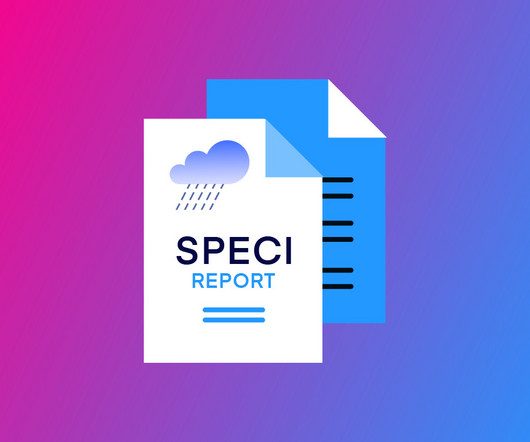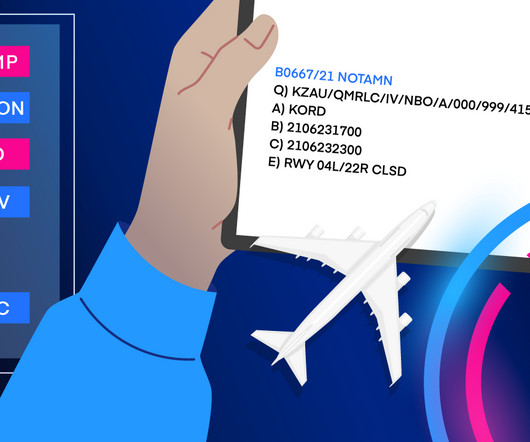How to Read METAR and TAF Reports
Pilot Institute
JANUARY 1, 2025
m/s) Visibility: 9999 6 or more sm (10+ km) Weather: VCSH VCSH (showers in the vicinity) Clouds: SCT010 BKN030 OVC060 Scattered clouds at 1000 feet AGL, broken clouds at 3000 feet AGL, overcast cloud deck at 6000 feet AGL Ceiling: BKN030 3000 feet AGL Icing: 620509 Light rime in clouds from 5000 to 14000 feet AGL 1.













Let's personalize your content